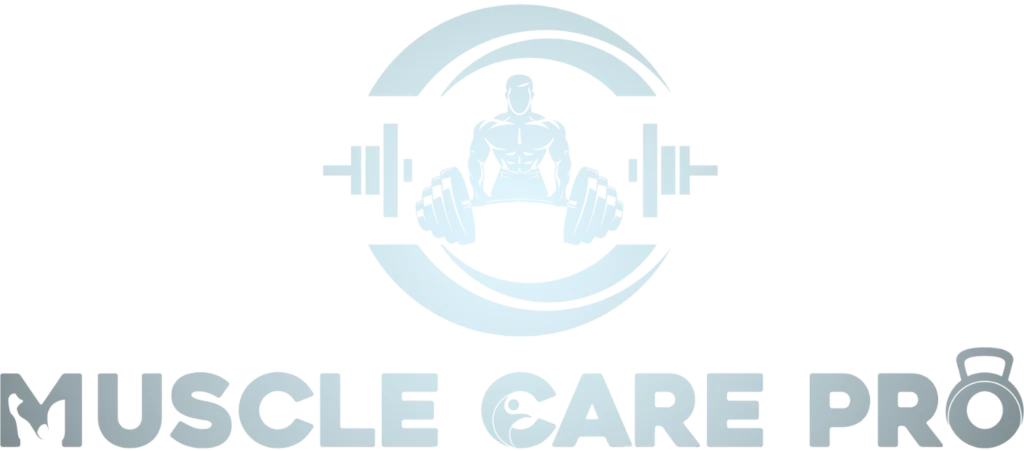What Muscles Does Skipping Work
Skips are a weight-bearing exercise that works on several muscle groups simultaneously, making it easy to work out the whole body. The calves, quadriceps, and hamstrings contribute to each jump, while gluteus muscles stabilize and aid. Core muscles such as abdominal and lower back ones assist with balance while the shoulders and arms perform a rope-swinging motion. The biceps assist with holding the rope and help with controlling its movement. All these muscles form a complex movement that is great for improving endurance training, coordination, and cardiovascular health.
Rope skipping is not limited to cardio purposes only; it involves the entire physical structure! Every jump is powered by calf muscle, thigh muscle, or glute. Core muscles stabilize you while arms and shoulders maintain balance. It is jump rope exercise that both develops strength and endurance.
Skipping work training engages numerous muscle groups! When you jump, your calves, quads, and hamstrings provide the necessary power. Your core aids in stabilization, while the shoulders and arms help in manipulating the rope. Overall, it is an effective workout for both muscle building and stamina development.
Why Skipping is a Full-Body Workout
Skipping work is an excellent exercise as it is a full-body workout and incorporates many muscles at a go. Most of the jumping is done by the legs, with the calves and thighs predominantly used. The core and the glutes assist in stabilizing and maintaining balance.
The upper body helps, too! The motion of the rope is controlled by the shoulders, arms, and even forearms. This leads to the development of endurance, strength, and coordination with each jump.
Primary Muscles Worked During Skipping
Skipping work is the most effective exercise that empowers the lower limb extensor muscles. The calves are the most important muscles since they provide the force used for jumping off the ground. The quadriceps help extend the knees while one is landing to balance their movements. The hamstrings assist in controlling the jump and providing stability. These muscle groups in general assist in strengthening and enhancing the endurance capacity of the lower part of the body.
Upper body muscles are also activated. The shoulders and arms are used to swing the rope in a circular manner. This develops shoulder endurance and strength as well. Concurrently, they also contribute to enhancing the grip strength as the handles are held firmly. Skipping is an all-inclusive exercise that engages all the muscles of both the upper and lower bodies.
Supporting Leg Muscles
The muscles in the legs that provide support are very important when it comes to skipping practices. The quadriceps, which are at the front of one’s thighs, help to extend the knees during the jumps that one takes. They assist in the action of taking off from the ground and landing back efficiently. The hamstrings, which are at the back of your thighs, perform the opposite function of the quadriceps in combination. They are responsible for flexing the knee joint and stabilizing the leg during the movement.
These muscles are coordinated in a manner that increases stability and strength. Stronger quadriceps and hamstrings will help to minimize the chances of an injury when skipping. They will also increase the jumping efficiency and the endurance of an individual. As you skip on a more frequent basis, these muscles develop in strength and coordination. This also benefits other types of physical activities as well.
Core Muscles
The muscles in the core are essential for balance and stability when skipping. These muscles, including the abdominal, oblique, and lower back, work synergistically to sustain support to your body as motion takes place. Core stability also prevents more excessive bending and twisting of the body when a jump is performed. By incorporating skipping into the training program, core muscles can be developed, which in turn can improve sports performance and decrease the occurrence of injury.
Heart and Cardiovascular Benefits
Here and beneath are five points regarding how skipping benefits the heart and cardiovascular system:
Elevates heart rate
Skipping raises the heart rate in a short period, which aids in promoting cardiovascular strength and endurance.
Enhances Blood Circulation
The vocalized pattern of skipping encourages circulation, enhancing the delivery of oxygen to the muscles and organs.
Strengthens the Muscle of the Heart
Regular performances of skipping exercises may help in reinforcing the cardiac muscle, thus enhancing its blood pumping efficiency.
Aids in Calorie burning
Skipping is one of the exercises that helps to burn more calories, making it easy to maintain a slim waist and a healthy heart.
Decreases Chances of Heart Disease
Practicing aerobic exercises such as skipping is associated with reducing heart disease incidence due to improved levels of cholesterol and blood pressure.
Conclusion
Skipping is a physical move that overcomes many muscles of the body. It mainly works on the calves, quadriceps, and hamstrings of the legs. These muscles are responsible for the leaps and provide quadriceps on landing.
Despite the leg work, skipping also involves the upper body as well as the core. The shoulders and arms are responsible for the rope, while the core provides stability. Considering that this is aerobic activity, it helps to strengthen the muscles and improve coordination and endurance, making skipping a worthwhile exercise for every regimen.











